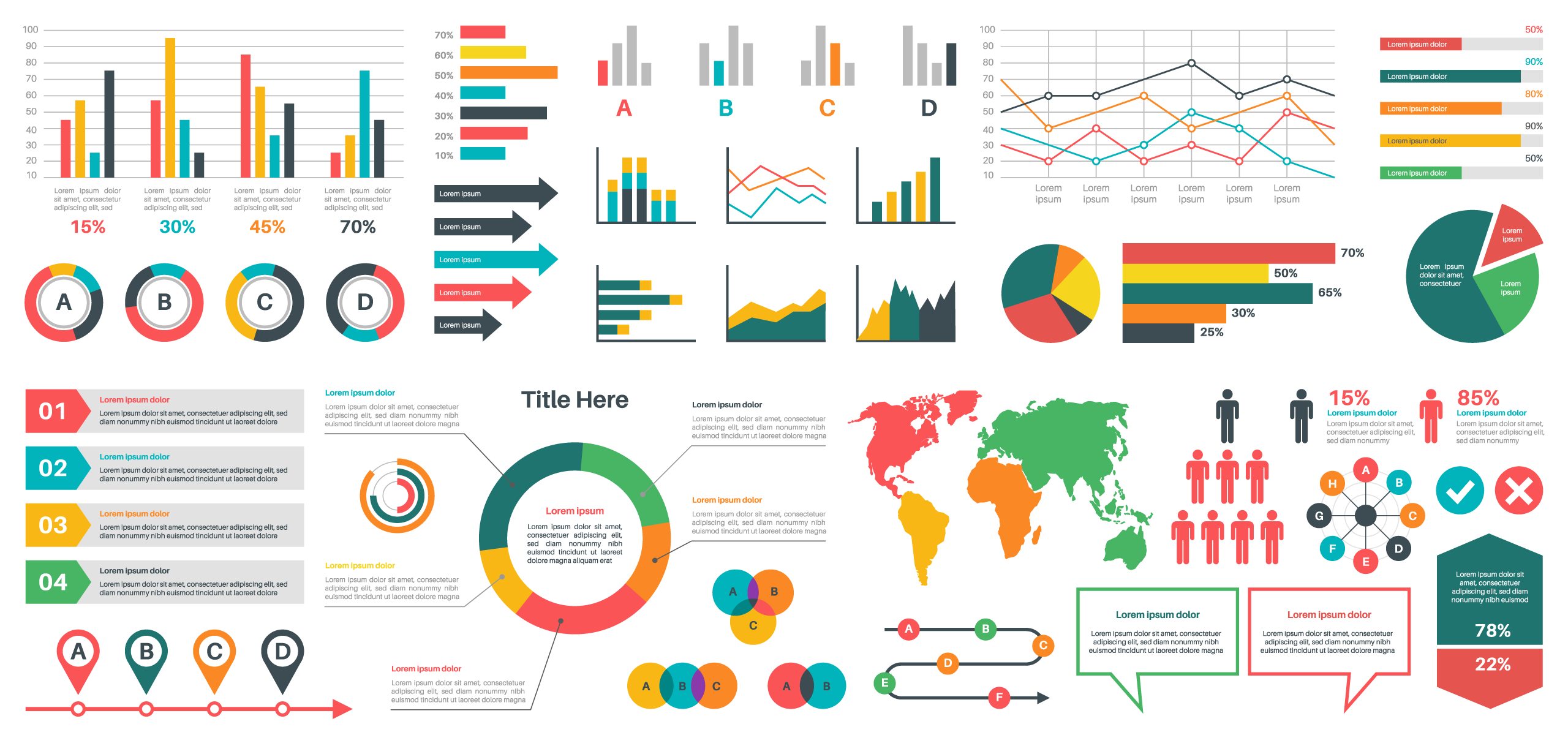Creating Quality Content
What is content?
Content has many meanings. In our context content is the text we present to convey information, the graphics we use to enhance meaning and understanding, and the methods we use to test and assess successful learning.
To slightly misquote Bill Gates1: “Content is King”. The tools and methods used to present content can do a great deal to make it engaging and learnable, but in essence your training is only going to be as good as your content. So, what is quality content?
What is good quality content?
Quality educational content is material that is well-researched, well-written, and effective at helping learners understand and retain the information being presented. Of course, content that actually meets this standard is the holy grail. We want it very much but it’s very hard to get!
Accurate and pertinent content is usually created by subject matter experts. However, while they may know the subject and the field, they probably don’t know how to design engaging, interactive, and relevant learning. They tick the box for “well-researched” but maybe not the boxes for “well-written” and “effective” content. Therefore, the next step is to take ‘raw’ information and transform it – making it into quality content.
Since this is a large facet of what we do, here are some thoughts about how we develop content that passes all the quality requirements.
The two faces of content

Content can be broken into two basic kinds – written and graphic. Keep in mind that written content isn’t only text that must be read, it also refers to writing voice-over and video scripts. Nevertheless, the writing for a script needs to be just as good as that for a textbook or other teaching material.
We can confirm the importance of Richard E. Mayer’s Multimedia learning principle: People learn better from words and pictures than from words alone. The power and impact of a good graphic cannot be overestimated. Good quality content uses pictures, diagrams and infographics to enhance and embed learning. However, there are pitfalls you must avoid when using graphics if your goal is great content.
Illustrations
Before we drill down into tips and suggestions for writing and graphics, let’s look at illustrations. To be clear, illustrations are not limited to graphics or artworks. The concept refers to a description, or an explanation of a situation, which helps a learner relate to the subject matter. They are a powerful tool for getting your learners to build a mental picture that helps them recall already embedded knowledge, which is vital for building schemas and reducing cognitive load. When a learner can give personal, subjective context to a concept, they are unlikely to forget it.
Effective illustrations require that you know who your audience is and what they already know and understand. Audience familiarity is a cornerstone for instructional design, so you will gather this kind of data right at the beginning of your project. Use it to get a feel for the kind of illustrations that will have a direct effect on the learners. For example, building a picture of how you need to maintain your car by changing the oil and so on, can be an effective illustration of the need for maintenance and quality control in a business
Rules for writing
There are as many rules for writing as there are writers. The various schools of thought have conflicting ideas, and discussions can be contentious and occasionally acrimonious!
In our experience and opinion, using simple, straightforward language that doesn’t cause extra cognitive demand is the best path to effective learning. Long, jargon-filled sentences result in a learner having to work out what is being said before they can begin to learn. It’s a waste of time and cognitive capacity.
We can learn from the world of marketing when it comes to this idea: Robert Rose, an internationally known expert in marketing-content strategy says a marketer’s job is to create “the minimum amount of content with the maximum amount of results.” This applies to good educational content too. Think of “bite-sized learning” and the 80/20 principle2. Both these concepts have the general goal of providing only what is needed, just in time. Pages and pages of text, or hours of droning voiceover, will not meet these requirements.
Keeping the language used in your texts and scripts simple, will reap dividends in the effectiveness of your content delivery. There’s no advantage to using complex words unless they are specifically related to the content. Even then, you should provide a definition for learners who may be less advantaged or second-language speakers. This brings in the advantage of inclusivity – you may attract more learners to your courses if they know that the presentation will be easy to follow, and they can achieve good results without having to overcome diversity barriers
Graphics – Show, Don’t Tell

No doubt you are aware that the discussion around graphics is just as vast as that around writing. How to choose graphics, what makes one effective and another not, colour choices, and layout are all considerations that need to be addressed.
In general, visual information that is clear, well-organized, and relevant to the viewer is more likely to be processed easily by the brain. This may be because images are processed using multiple areas of the brain. Using graphics can help to create more robust and detailed mental representations of the information, making it easier to retrieve and recall later.
While graphics are essential, a big pitfall can be including them as decoration rather than information. It’s the “chopped lettuce” principle. Presenting food on a bed of chopped lettuce is a common catering practice. It looks quite nice, but, in the end, nobody eats the lettuce. It doesn’t add flavour or even provide nutrition. Graphics that don’t make your learner think, help them build on previous learning, or keep them engaged are chopped lettuce. You don’t lose anything if you leave them out, and learners gain nothing if you keep them.
Conclusion
We could write a book about any of these concepts. But then you would have to read it! Why not give us your content instead and let us ensure its quality, excellent delivery and upkeep?
1 Because he was talking about how content promotion would change the role of the then-evolving internet and not necessarily about the need for quality.
2 Look out for our upcoming article on this concept.

Dennis Lamberti
Head of Content Development
As a founding member of Media Works, a company that helped educate over 1.5 million adults in South Africa, Dennis has honed his expertise in developing learning programmes for nearly 30 years . His focus is now on learning pedagogy and cognitive load balancing.
